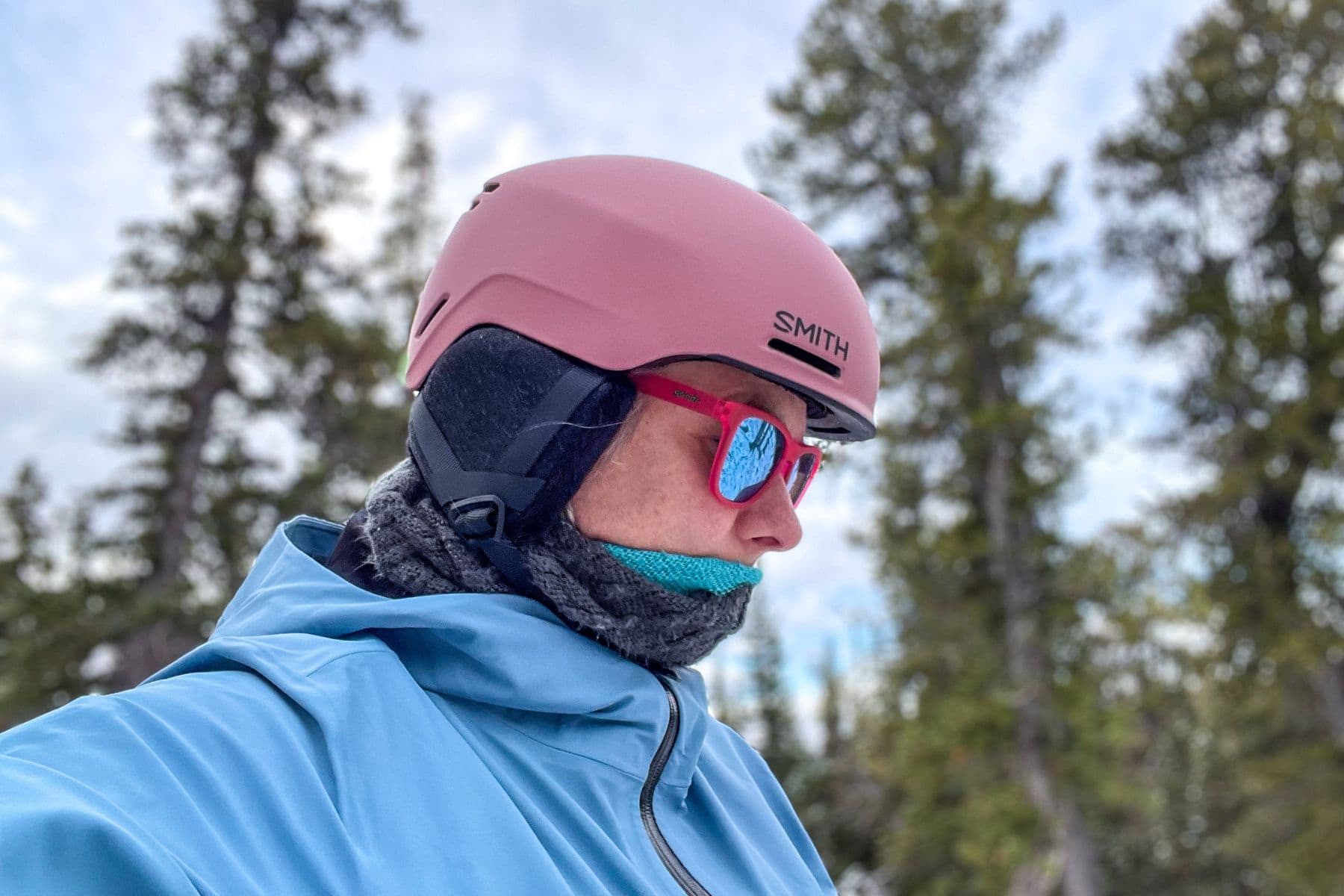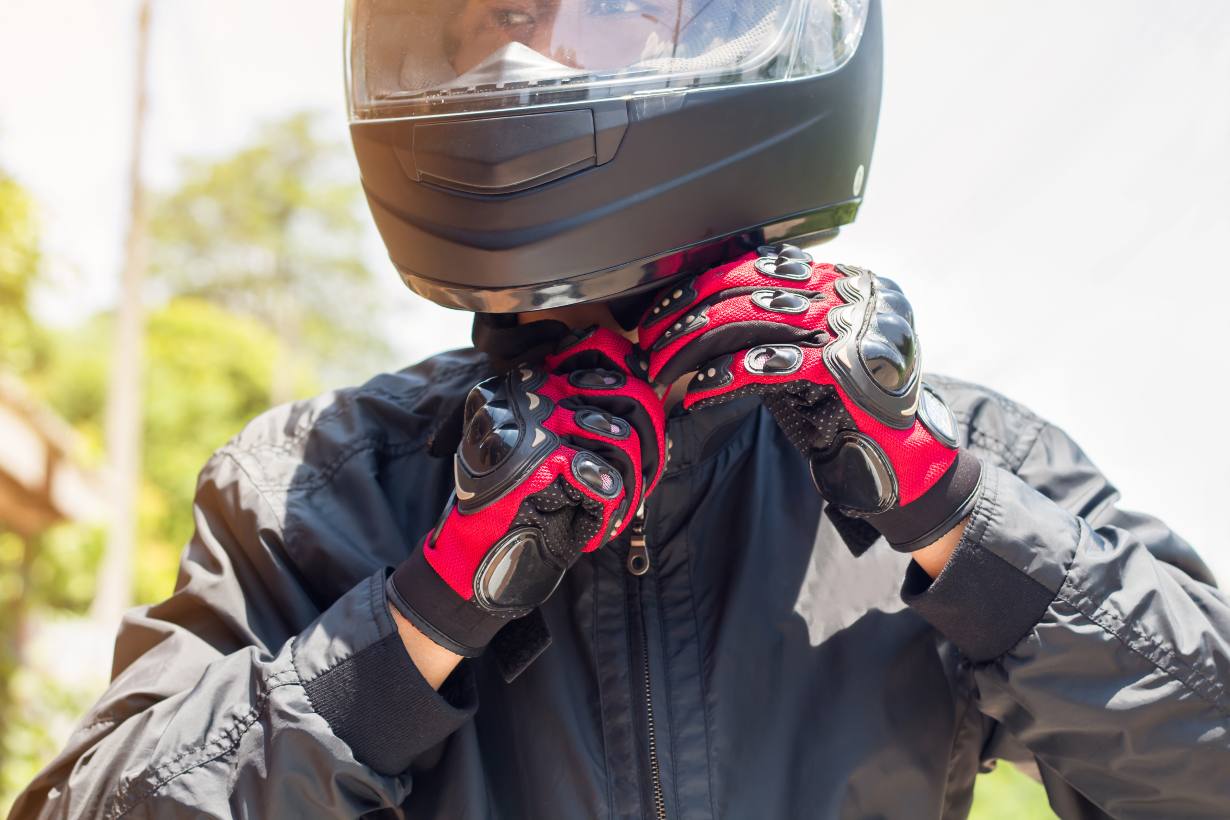When it comes to helmet safety, MIPS (Multi-directional Impact Protection System) is a cutting-edge technology designed to reduce the risk of brain injuries caused by rotational forces during an impact.
However, even with MIPS technology, the effectiveness of a helmet depends largely on its fit.
This guide will help you understand how to properly size a MIPS helmet for maximum protection and comfort.
1. What is MIPS and How Does It Work?
MIPS is a system integrated into helmets that allows the helmet’s outer shell to move independently from the inner foam liner. This movement is designed to reduce the rotational forces transferred to the brain during certain types of impacts, particularly angled impacts that cause the head to rotate.
MIPS helmets provide extra protection by:
- Reducing rotational forces: These forces are believed to be a significant contributor to concussions and brain injuries.
- Improving safety in angled impacts: MIPS helps absorb and redirect impact energy more effectively than standard helmets.
While MIPS technology provides added safety, it is crucial that the helmet fits properly to ensure the system works as designed.
2. Measuring Your Head for a MIPS Helmet
Before you buy a MIPS helmet, you need to measure your head circumference accurately. The process is the same for any helmet, but ensuring the right fit is especially important for MIPS to provide maximum benefit:
- Step 1: Use a Flexible Measuring Tape
Place the measuring tape about one inch above your eyebrows and around the widest part of your head, typically just above your ears. Make sure the tape is level and snug, but not tight. - Step 2: Record the Measurement
Take note of the measurement where the tape overlaps, then consult the manufacturer’s size chart to find the appropriate size for the MIPS helmet you’re considering.
3. MIPS Helmet Size Chart
Helmet sizes for MIPS models generally follow the same size charts as non-MIPS helmets. However, since MIPS technology adds a layer inside the helmet, it’s crucial to ensure the helmet doesn’t fit too tightly or too loosely. Here’s a typical size chart for MIPS helmets:
| Size | Head Circumference | Example Measurement |
|---|---|---|
| XS | 20.1 – 21.3 inches (51 – 54 cm) | Small head size |
| S | 21.3 – 22 inches (54 – 56 cm) | Most common for women and young teens |
| M | 22 – 22.8 inches (56 – 58 cm) | Most common for men and older teens |
| L | 22.8 – 23.6 inches (58 – 60 cm) | Larger adult sizes |
| XL | 23.6 – 24.4 inches (60 – 62 cm) | Larger heads, often with longer oval shapes |
| XXL | 24.4 – 25.2 inches (62 – 64 cm) | For very large heads |
Note: Always check the manufacturer’s specific size chart, as helmet designs may differ slightly from one brand to another.
4. Adjusting Your MIPS Helmet for a Perfect Fit
To ensure the MIPS system performs as intended, you must ensure the helmet fits snugly but comfortably. The helmet should feel secure on your head without being too tight.
Here’s how to adjust your MIPS helmet for a perfect fit:
- Positioning the Helmet: When placing the helmet on your head, ensure it sits level, covering your forehead. It should be positioned about one inch above your eyebrows, offering full coverage without obstructing your view.
- Adjust the Dial-Fit System: Most MIPS helmets come with a dial at the back to adjust the helmet’s fit. Turn the dial to tighten or loosen the helmet until it feels snug but not uncomfortable. You should feel the helmet fit evenly around the entire head.
- Side Straps: The straps should form a “V” shape around your ears, with the straps meeting just below your ears. Adjust the side straps to ensure they lie flat against your face and don’t pinch your skin.
- Chin Strap: Fasten the chin strap so it’s snug but not tight. You should be able to fit one or two fingers between the strap and your chin. A snug chin strap ensures the helmet stays in place during impact.
5. Testing the Fit of Your MIPS Helmet
Once the helmet is properly adjusted, it’s time to test the fit. A correctly fitted MIPS helmet will stay in place without shifting when you move your head.
- Shake Test: Shake your head gently from side to side and up and down. The helmet should stay snug and not move significantly. If it shifts, tighten the fit until it feels secure.
- Push Test: Push the helmet gently from all directions. It should feel stable and not slide around. If it does, adjust the fit or try a different size.
- Check for Comfort: The helmet should feel comfortable without creating pressure points, especially around your temples, forehead, and the back of your head. The MIPS system is designed to move slightly within the helmet to allow for some cushioning during an impact, but the helmet itself should still feel snug.
6. Common MIPS Helmet Fit Issues and Solutions
- Helmet Feels Too Tight: If your helmet feels too tight after adjusting it, try loosening the straps or dial fit. If it’s still uncomfortable, consider going up one size, as the MIPS system can add a bit of volume inside the helmet.
- Helmet Feels Loose: If the helmet shifts or feels loose, ensure that the chin strap is properly adjusted and tightened. If it still moves, you might need to try a smaller size.
- MIPS System Movement: It’s normal for the MIPS system to move slightly when the helmet is in use. However, the helmet should not shift or slide freely. If you feel that the MIPS liner is not functioning correctly, check for fit adjustments, or consult the manufacturer for guidance.
7. Helmet Fit Tips for Optimal MIPS Performance
- Fit for Activity: Different sports may require slightly different helmet fits. For example, a cycling helmet might need a slightly tighter fit than a skiing helmet to prevent it from shifting during high speeds.
- Regularly Check the Fit: Over time, the padding inside the helmet may compress, which could affect the fit. It’s a good idea to check the fit regularly and adjust as needed.
- Don’t Forget the Padding: Some MIPS helmets offer removable padding for a customizable fit. This can be helpful if you need extra room or if the padding has worn down.
8. When to Replace Your MIPS Helmet
MIPS helmets should be replaced every 3-5 years or after a significant impact, even if there are no visible signs of damage. The MIPS system is designed to withstand one impact, so if the helmet has been involved in an accident, it should be replaced to ensure continued protection.
Final Thoughts
Choosing the right MIPS helmet size and ensuring a proper fit is essential for getting the maximum benefit from MIPS technology.
A helmet that fits securely, with the MIPS system properly aligned, provides the best protection against rotational forces and can help reduce the risk of brain injury.
By following this guide and adjusting your helmet for a perfect fit, you’ll have the confidence to enjoy your activity knowing you’re fully protected.








